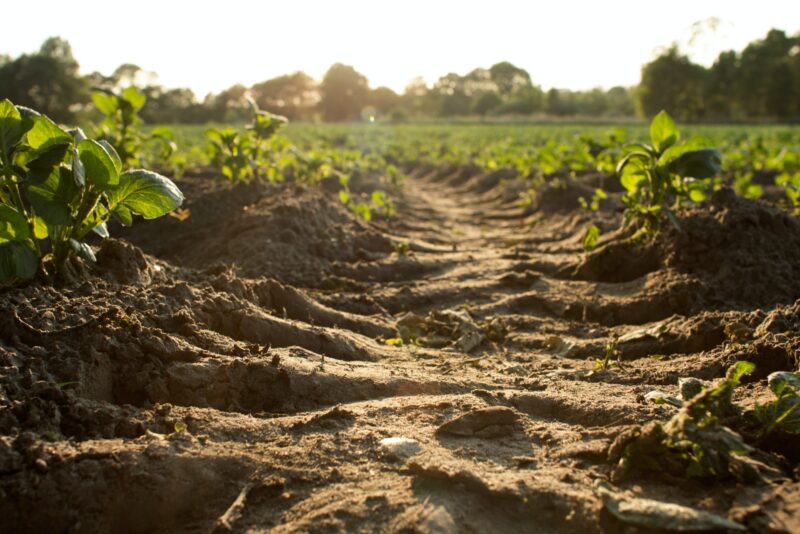Coordinating AgMIP data and models across global and regional scales for 1.5°C and 2°C assessments
Authors
Cynthia Rosenzweig, Alex C. Ruane, John Antle, Joshua Elliott, Muhammad Ashfaq, Ashfaq Ahmad Chatta, Frank Ewert, Christian Folberth, Ibrahima Hathie, Petr Havlik, Gerrit Hoogenboom, Hermann Lotze-Campen, Dilys S. MacCarthy, Daniel Mason-D'Croz, Erik Mencos Contreras, Christoph Müller, Ignacio Perez-Dominguez, Meridel Phillips, Cheryl Porter, Rubi M. Raymundo, Ronald D. Sands, Carl-Friedrich Schleussner, Roberto O. Valdivia, Hugo Valin, Keith Wiebe

The Agricultural Model Intercomparison and Improvement Project (AgMIP) has developed novel methods for Coordinated Global and Regional Assessments (CGRA) of agriculture and food security in a changing world. The present study aims to perform a proof of concept of the CGRA to demonstrate advantages and challenges of the proposed framework. This effort responds to the request by the UN Framework Convention on Climate Change (UNFCCC) for the implications of limiting global temperature increases to 1.5°C and 2°C above pre-industrial conditions.
The protocols for the 1.5°C/2°C assessment establish explicit and testable linkages across disciplines and scales, connecting outputs and inputs from the Shared Socio-economic Pathways (SSPs), Representative Agricultural Pathways (RAPs), Half a degree Additional warming, Prognosis and Projected Impacts (HAPPI) and Coupled Model Intercomparison Project Phase 5 (CMIP5) ensemble scenarios, global gridded crop models, global agricultural economics models, site-based crop models and within-country regional economics models. The CGRA consistently links disciplines, models and scales in order to track the complex chain of climate impacts and identify key vulnerabilities, feedbacks and uncertainties in managing future risk.
CGRA proof-of-concept results show that, at the global scale, there are mixed areas of positive and negative simulated wheat and maize yield changes, with declines in some breadbasket regions, at both 1.5°C and 2°C. Declines are especially evident in simulations that do not take into account direct CO2 effects on crops. These projected global yield changes mostly resulted in increases in prices and areas of wheat and maize in two global economics models.
Regional simulations for 1.5°C and 2°C using site-based crop models had mixed results depending on the region and the crop. In conjunction with price changes from the global economics models, productivity declines in the Punjab, Pakistan, resulted in an increase in vulnerable households and the poverty rate.
This article is part of the theme issue ‘The Paris Agreement: understanding the physical and social challenges for a warming world of 1.5°C above pre-industrial levels'.











